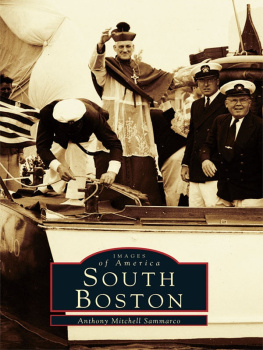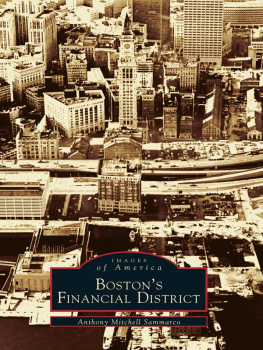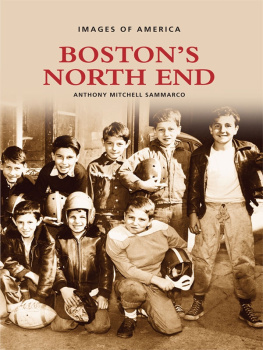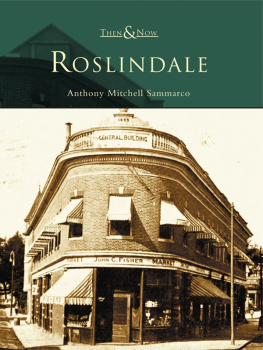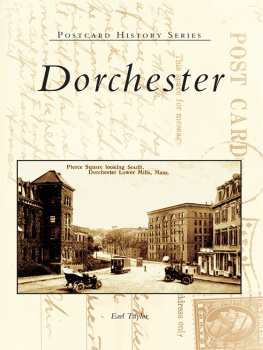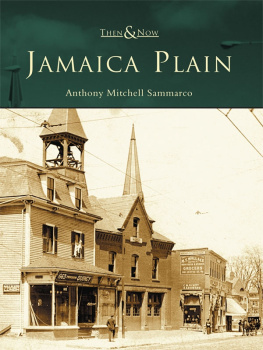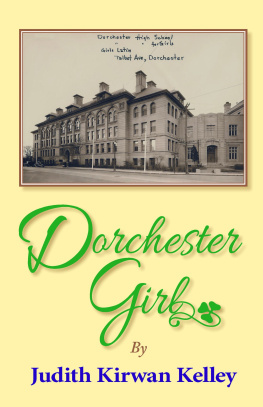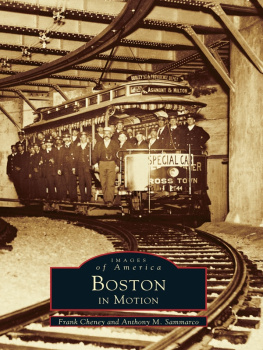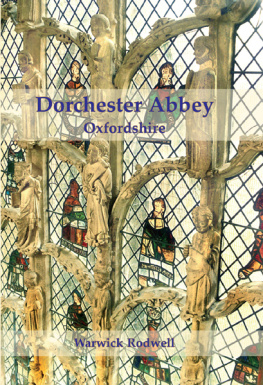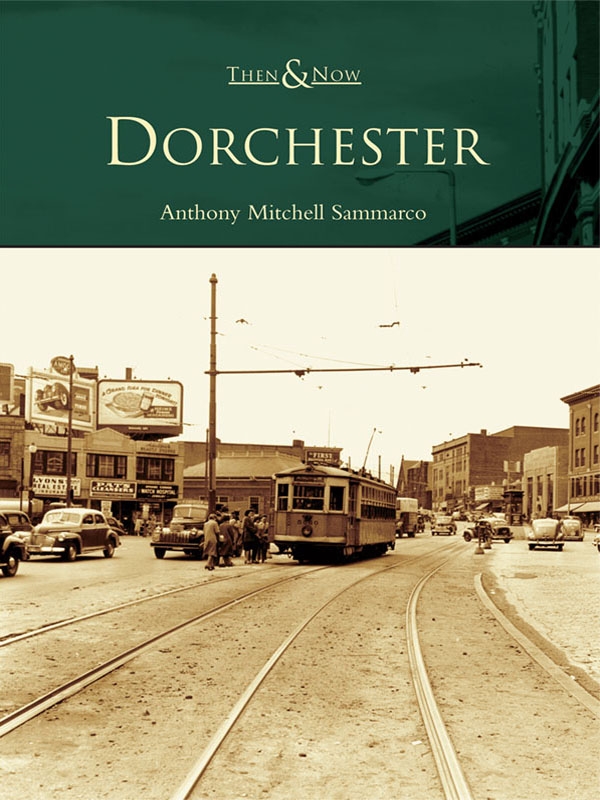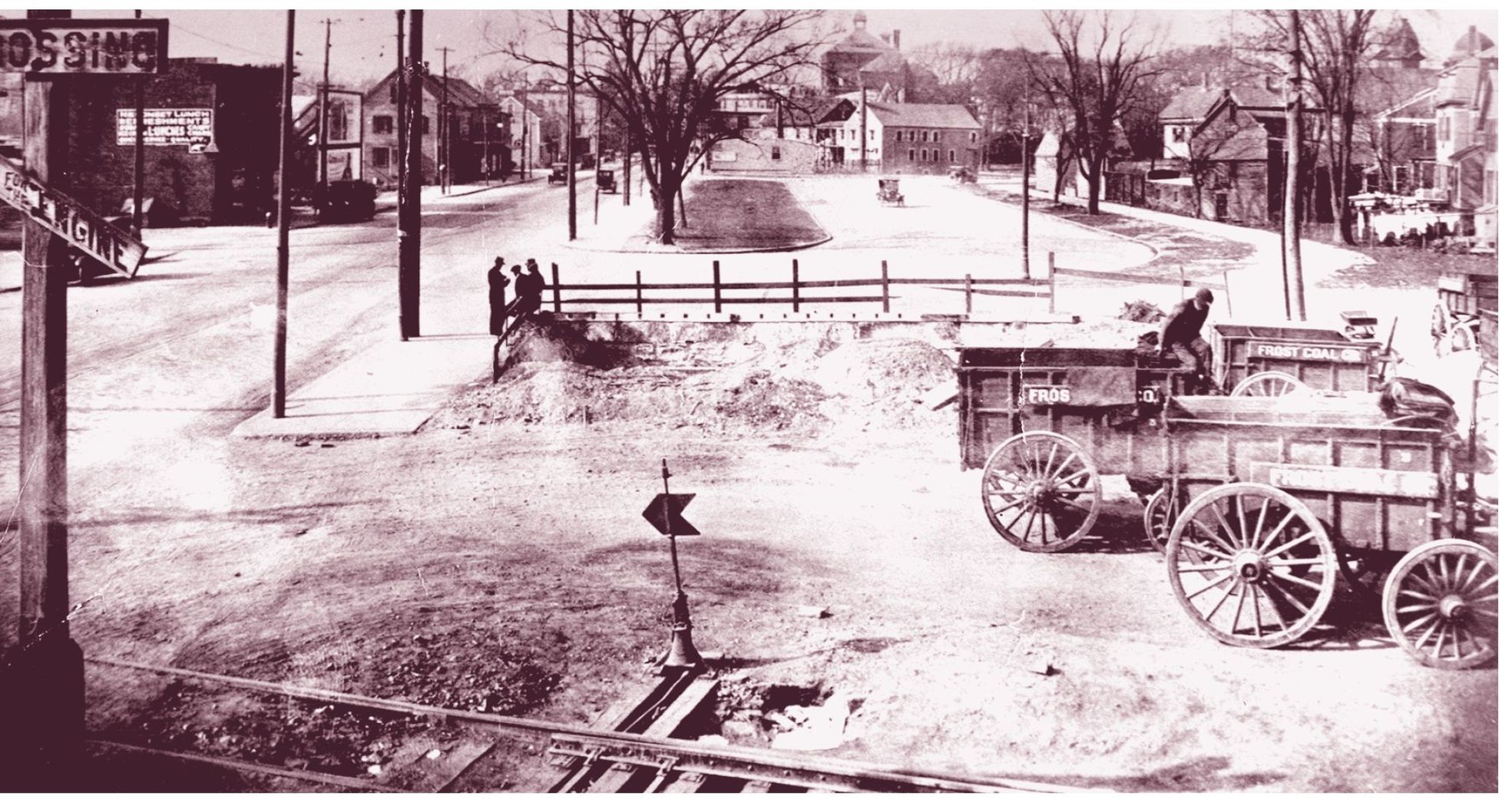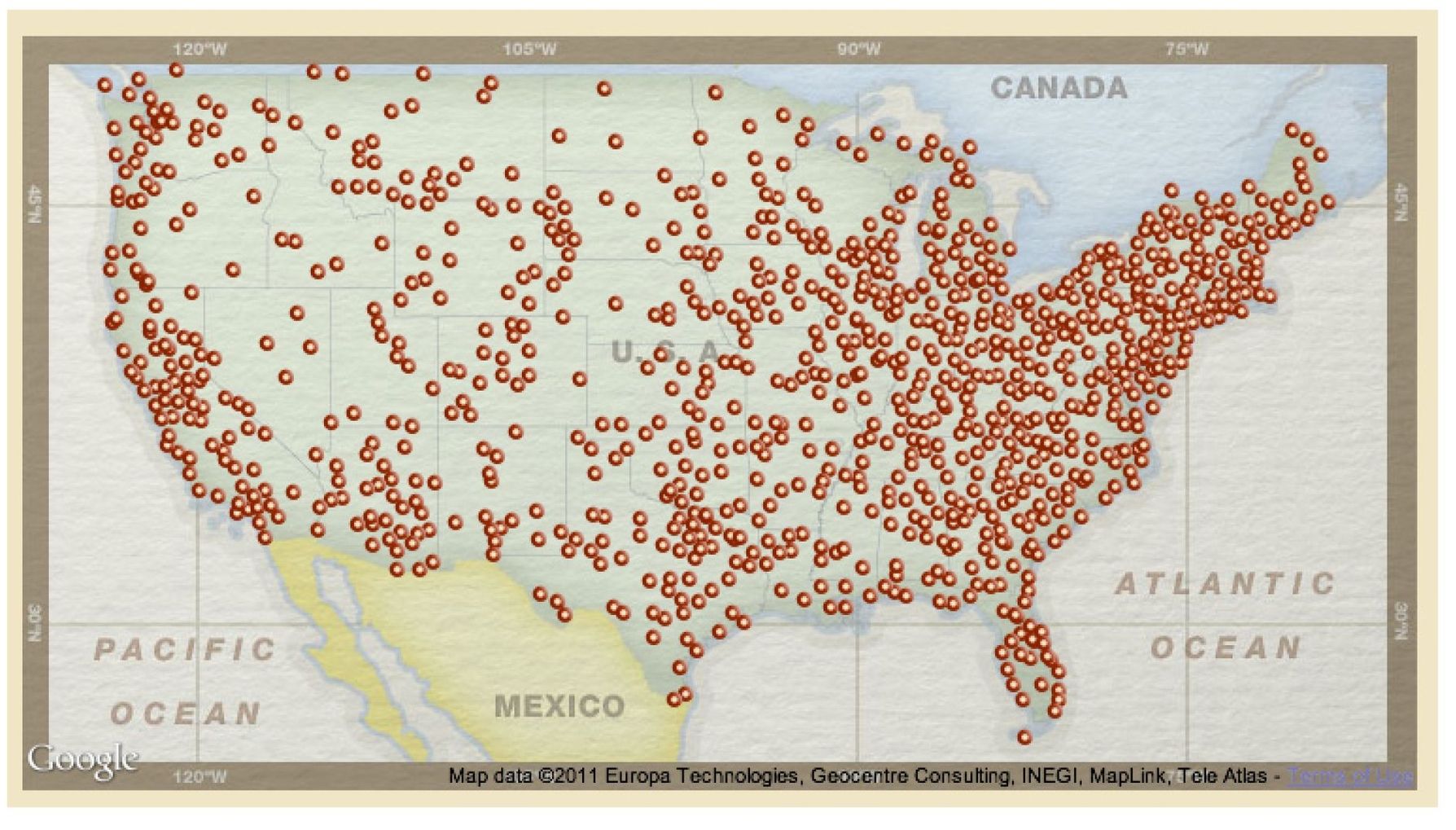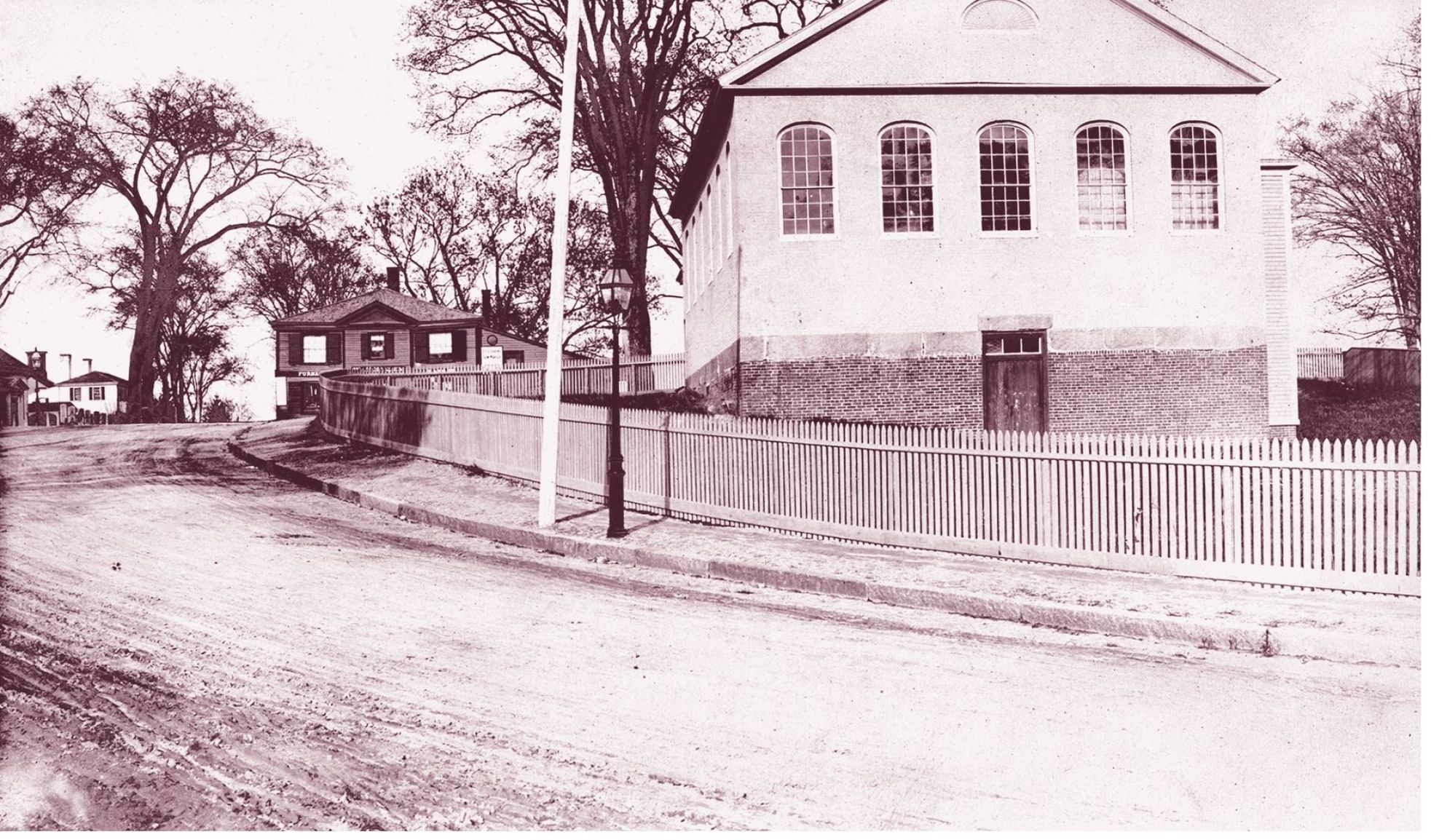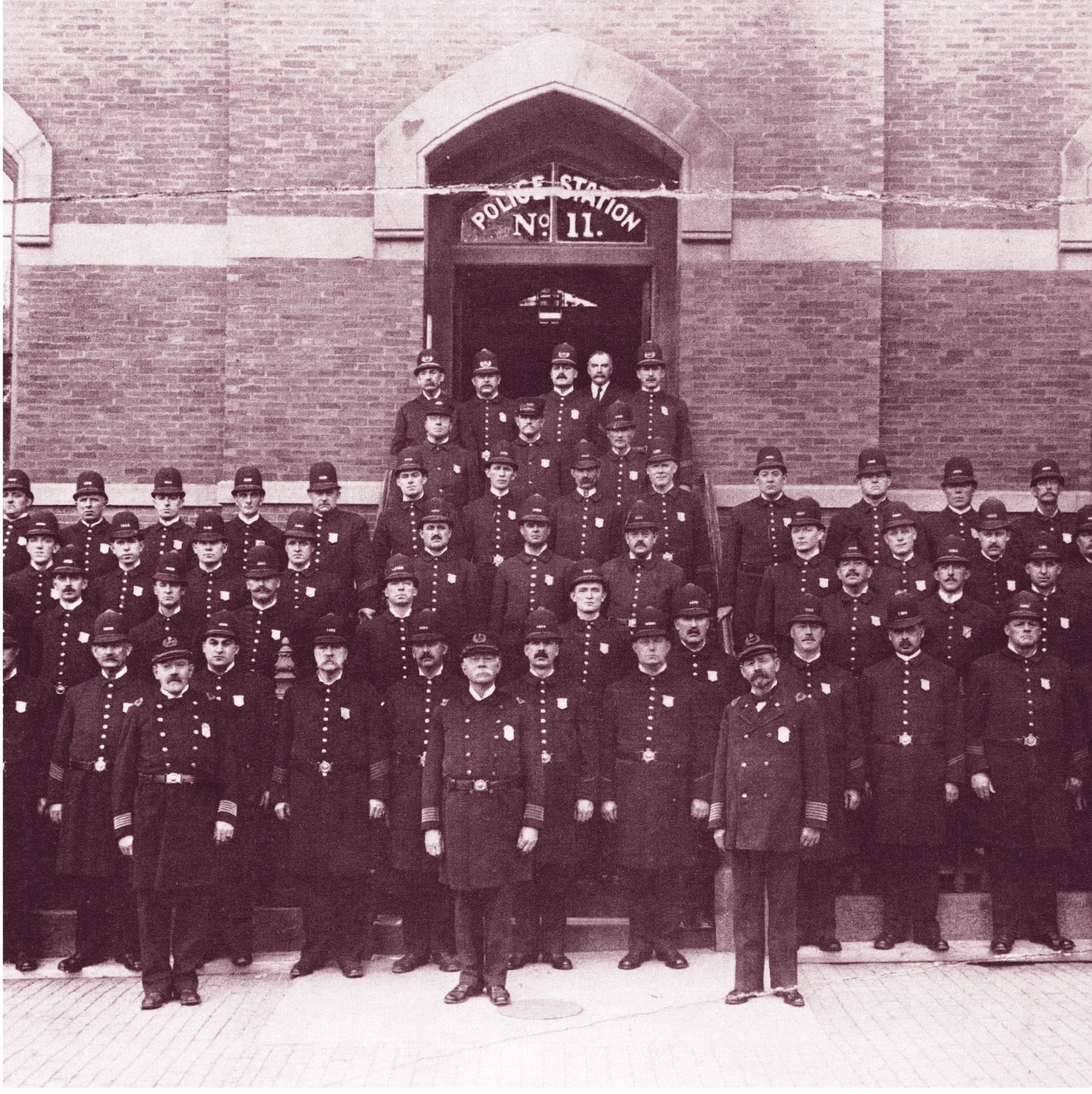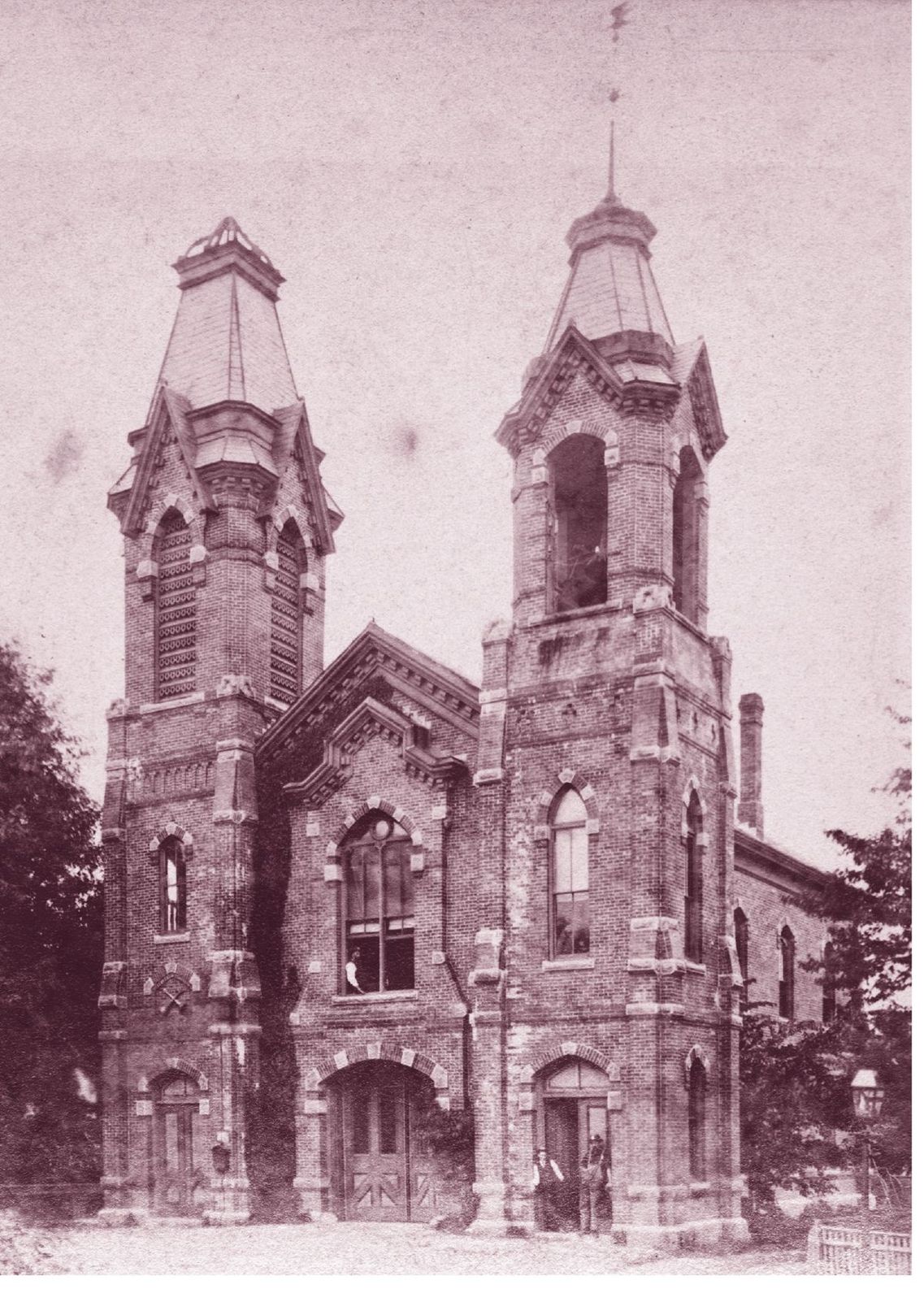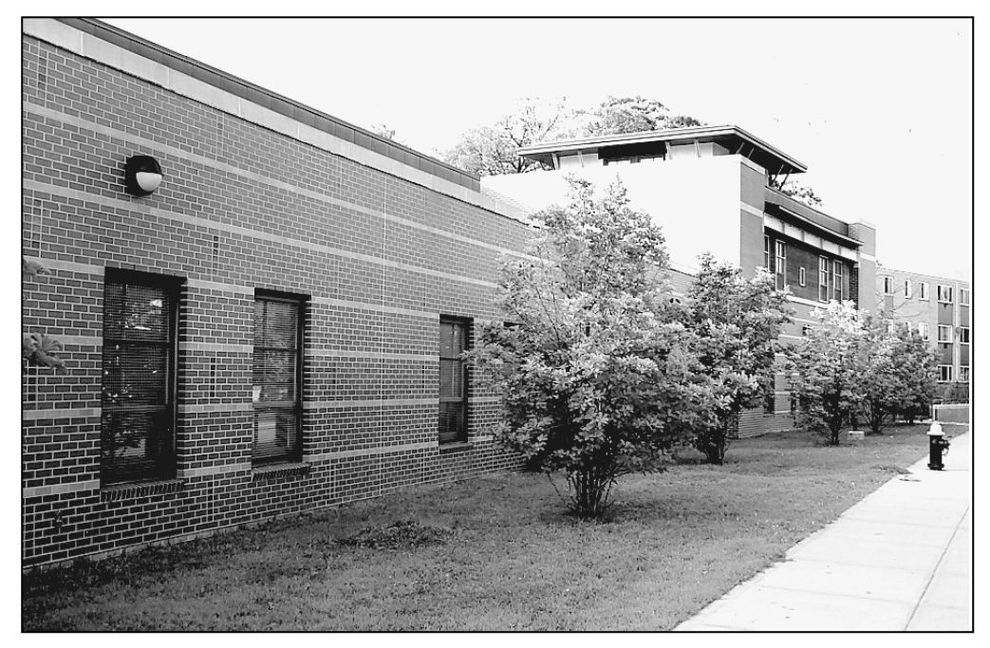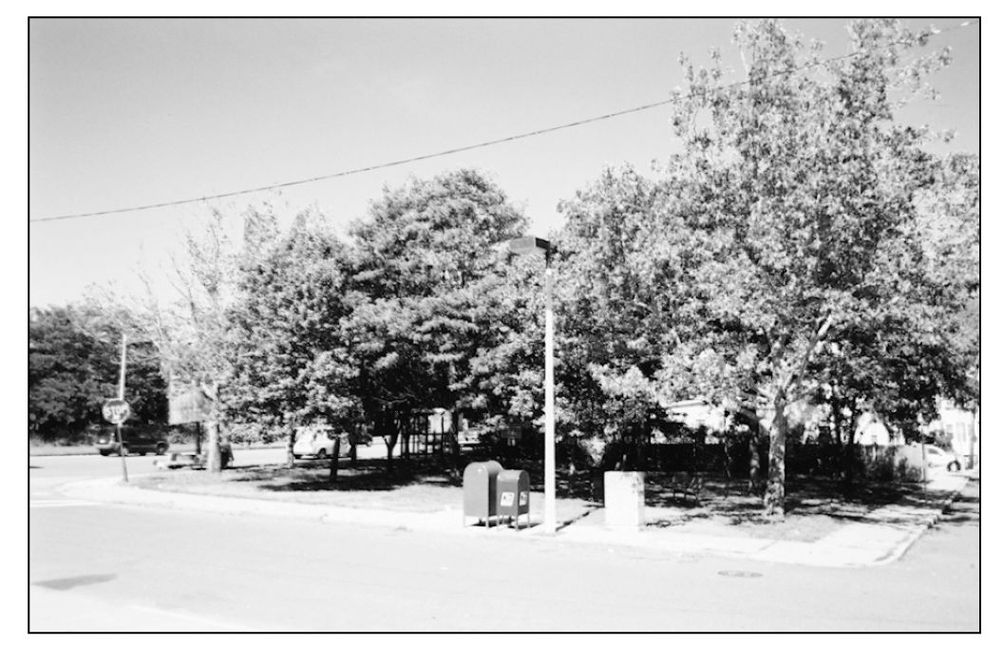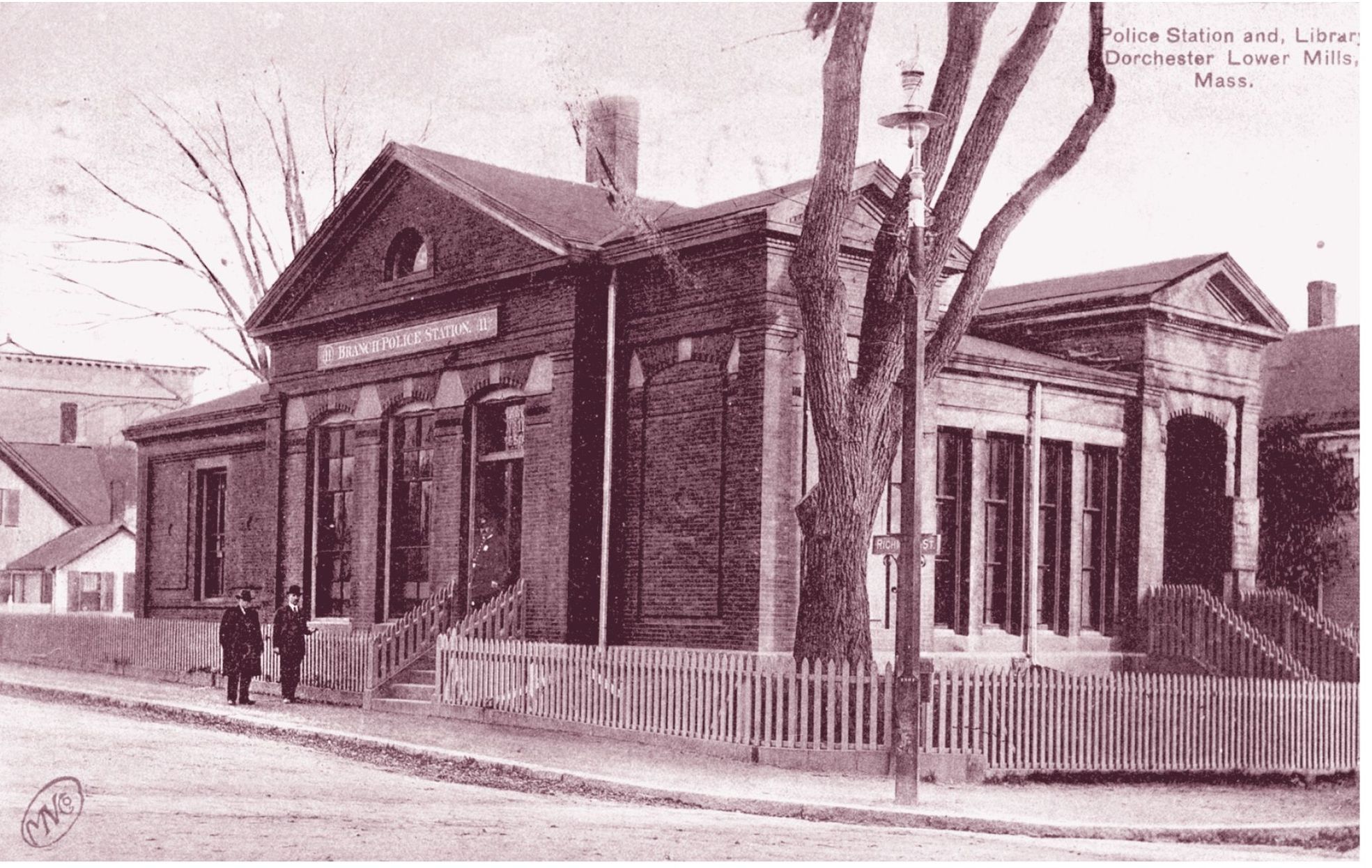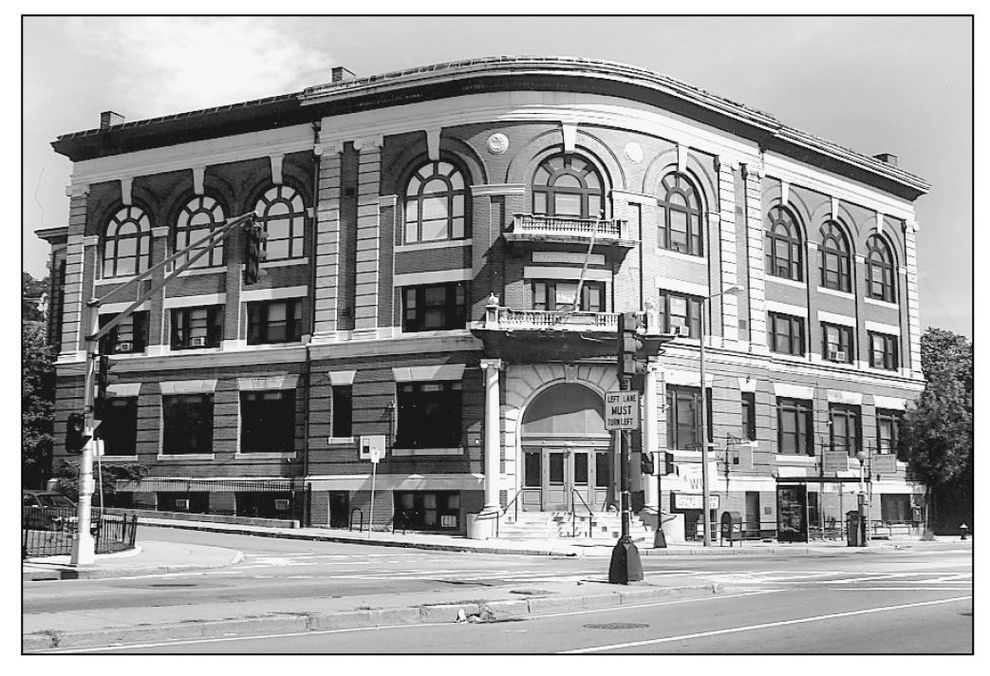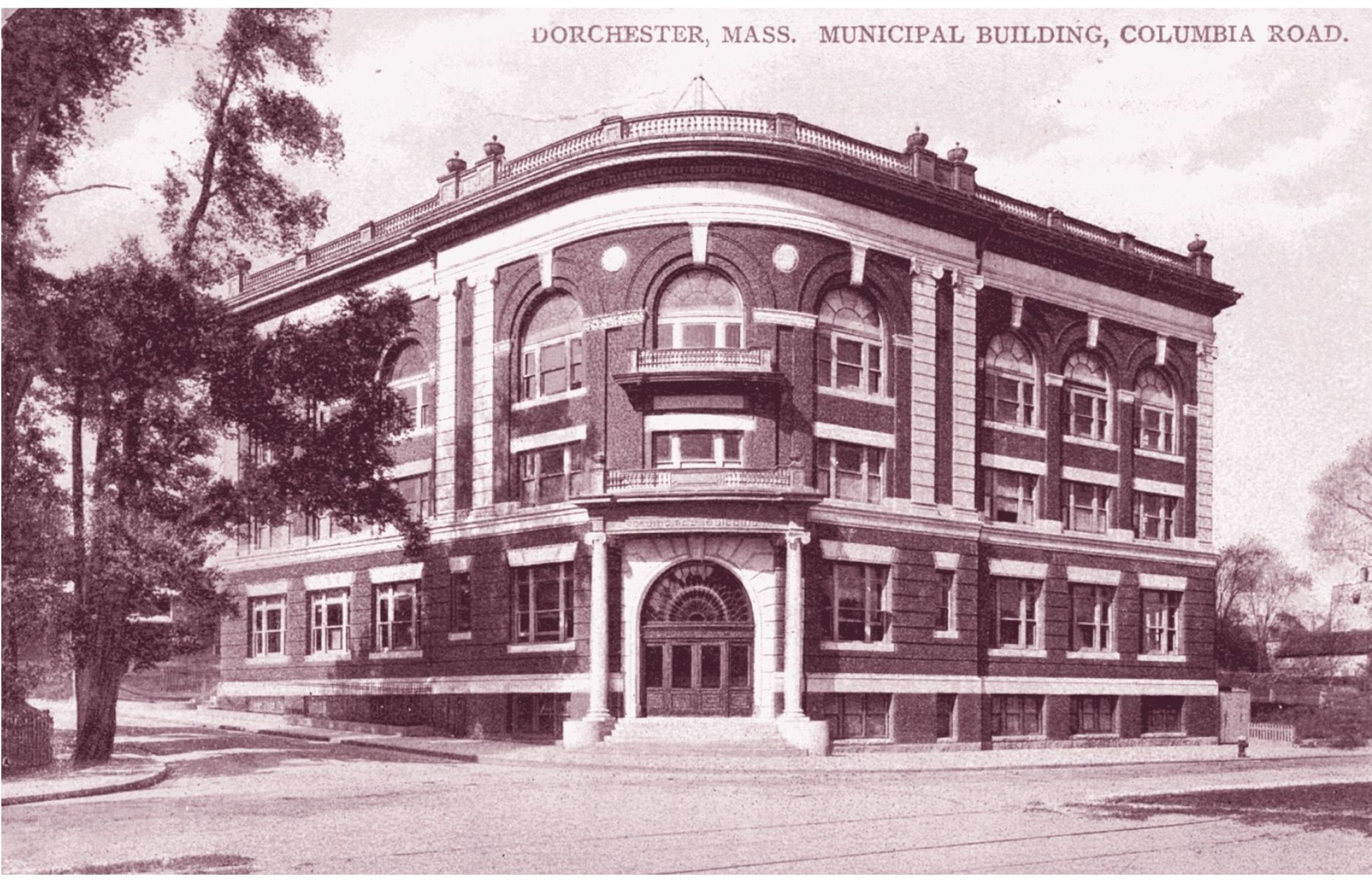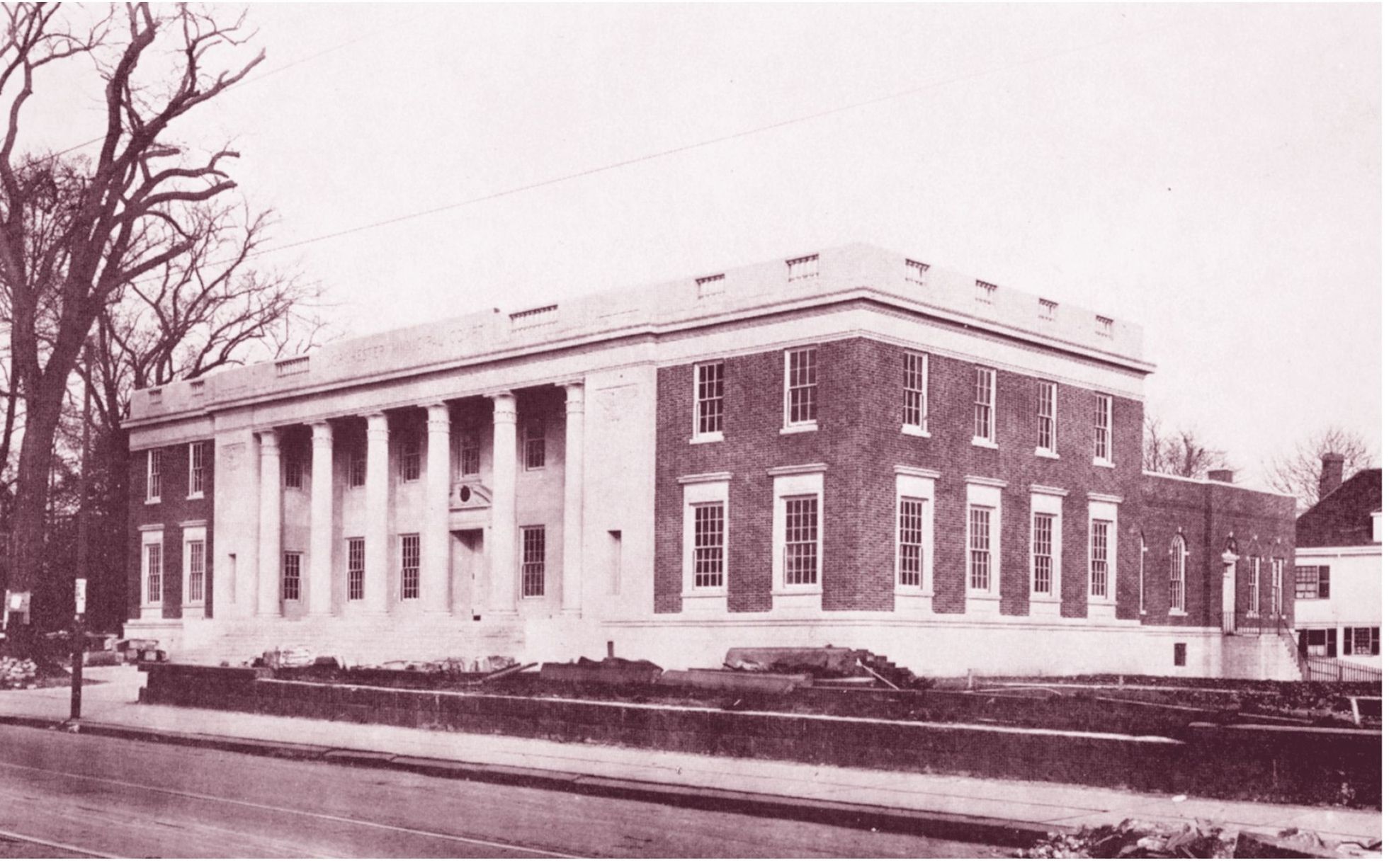ACKNOWLEDGMENTS
I would like to thank those who assisted, either directly or indirectly, in the writing of this book: Joan B. Almeida, Robin Alsop, Anthony Bognanno, the residents of the Boston Home Inc., Helen Buchanan, Frank Cheney, Elise Ciregna and Stephen LoPiccolo, Clara May Clapp, the late Elizabeth W. Clapp, the late Mary C. Clapp, Regina Clifton, the Reverend Elizabeth Curtiss, Dexter, the Dorchester Community News, the Dyer family, eBay, John B. Fox, the late Walter S. Fox, Philip Gavin, Stephen Wentworth Gifford, Jean Goldman, Edward W. Gordon, Helen Hannon, Elaine Croce Happnie, the late Elizabeth B. Hough, Paul A. Leo, Phil and Jane Lindsay, John Franklin May, Judith McGillicuddy, Ellen Ochs, Michael Monti Parise, Fran Perkins, Charlie Rosenberg, Anthony and Mary Mitchell Sammarco, Michael Sand, Robert Bayard Severy, Earl Taylor (president of the Dorchester Historical Society), the Urban College of Boston, Peter Van Delft, the Victorian Society (New England Chapter), and Virginia White.
T his photograph was taken from the bridge that leads to Quincy from the present Neponset Circle. The northward view along Neponset Avenue shows an area that was both residential and commercial in nature. The tracks in the foreground are those of the Old Colony Railroad, and the delivery wagons on the right belong to the Frost Coal Company, which stood where Sozio Appliances is today. In the center distance is the Minot School, and on the far right are the twin towers of the firehouse on Walnut Street in Port Norfolk. (Authors collection.)
Find more books like this at
www.imagesofamerica.com
Search for your hometown history, your old stomping grounds, and even your favorite sports team.
Chapter 1
THE TOWN OF DORCHESTER
F ountain Engine No. 1, seen in 1858, was a volunteer fire company in the Lower Mills. Founded in 1792 as the Dorchester and Milton Fireward Society, it served both Dorchester and Milton. Members of the fire company, some wearing their official hats of office, pose around the hand-pump engine in front of Talbots, a grocery store on Washington Street near River Street. (Courtesy of the Milton Historical Society.)
T he Dorchester Town Hall was built in 1816 in Bakers Corner, which since 1849 has been known as Codman Square in memory of the Reverend John Codman, minister of the Second Church in Dorchester. Seen in a view looking up Norfolk Street, the red-brick one-story town hall served as Dorchesters political center until January 4, 1870, when the town was annexed to the city of Boston. Today, this is the site of the Great Hall, the former Codman Square Library, built in 1904 and designed by city architect Charles Bateman. (Authors collection.)
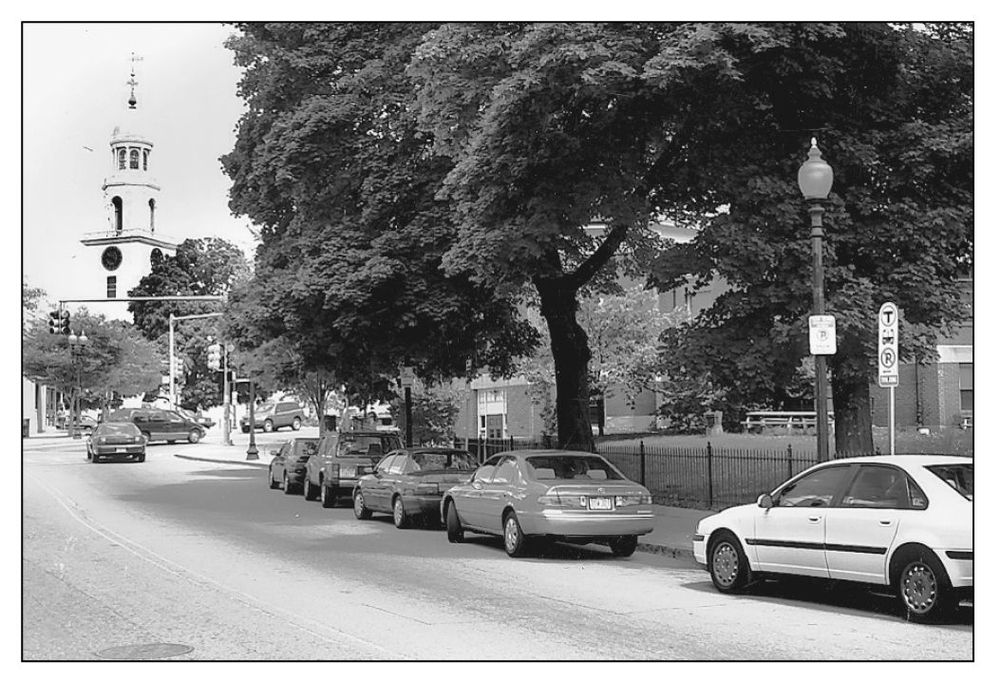
M embers of the Boston Police Department pose on the steps of Police Station 11 in Fields Corner in 1911. Now known as One Arcadia Place, the building at the corner of Adams and Arcadia Streets was designed by Boston city architect George A. Clough and was constructed in 1874. The structure served as the municipal courthouse, police station, and branch library for many years, until 1925, when the present Dorchester Municipal Courthouse was built in Codman Square. Today, One Arcadia Place is an important part of the ever-evolving Fields Corner streetscape.
T he two-towered engine house on Babcock Street in Mattapan was built in 1882 and designed by the city architect of Boston, Charles Bateman. The red-brick, Ruskinian Gothic firehouse served the needs of the new ward of the city. Today, the site is occupied by the Mattapan Early Education Center. (Authors collection.)
T he Port Norfolk Firehouse was at the corner of Walnut Avenue and William T. Morrissey Boulevard. Today, the site is a small tree-shaded park named in memory of William Fitzgerald (19521974). (Courtesy of Earl Taylor.)
T he Blue Hill Bank was chartered in 1832, and this red-brick and brownstone building, designed by Nathaniel J. Bradlee, was erected in 1871. Later used as a police station and as a branch of the Boston Public Library, the panel-brick one-story building is at the corner of Washington and Richmond Streets. On the far left is a corner of the Gilbert Stuart School, now the site of the present Lower Mills Library. Today, the bank building is a private residence at 1110 Washington Street. (Courtesy of Earl Taylor.)
T he Dorchester Municipal Building is at the corner of Columbia Road and Bird Street, just west of Uphams Corner. Designed by Charles Besarick, the four-story Classical Revival building has quoining, Ionic pilasters, and huge arched windows that carry ones eye up the facade of the building. The entrance is a rusticated arch of limestone with Ionic columns supporting a tin balustrade. Today, the building houses the local library and a health center. (Authors collection.)



